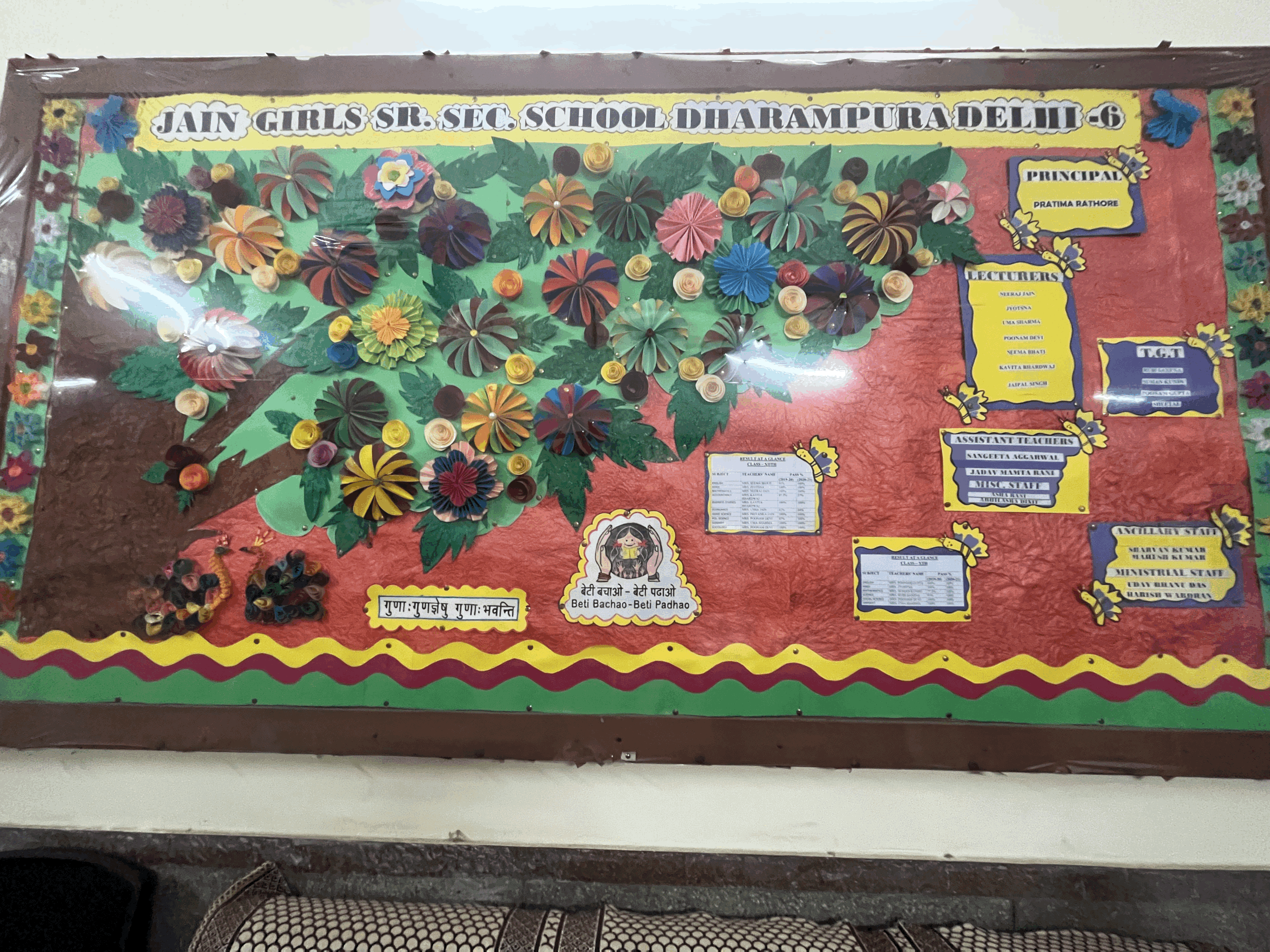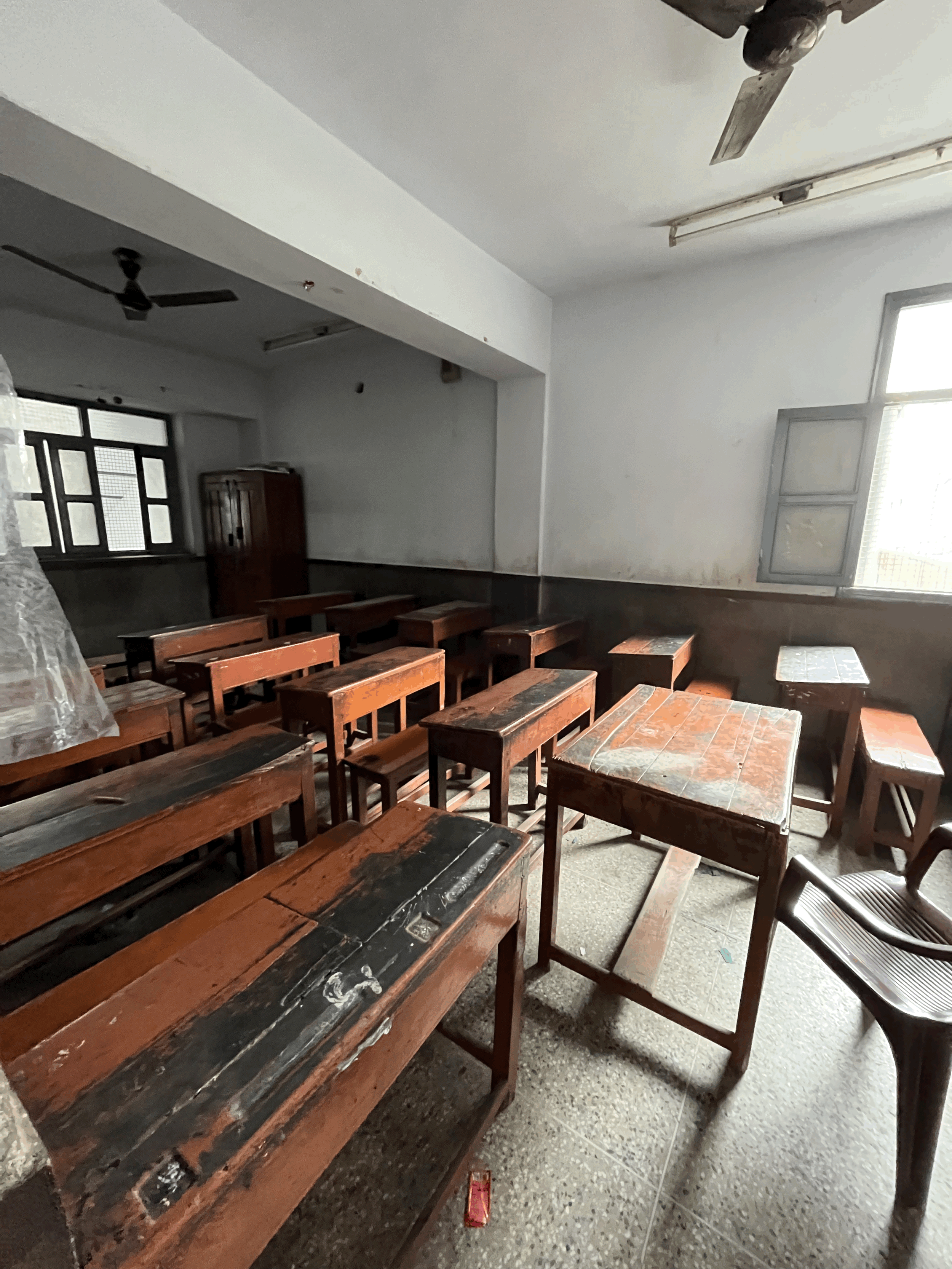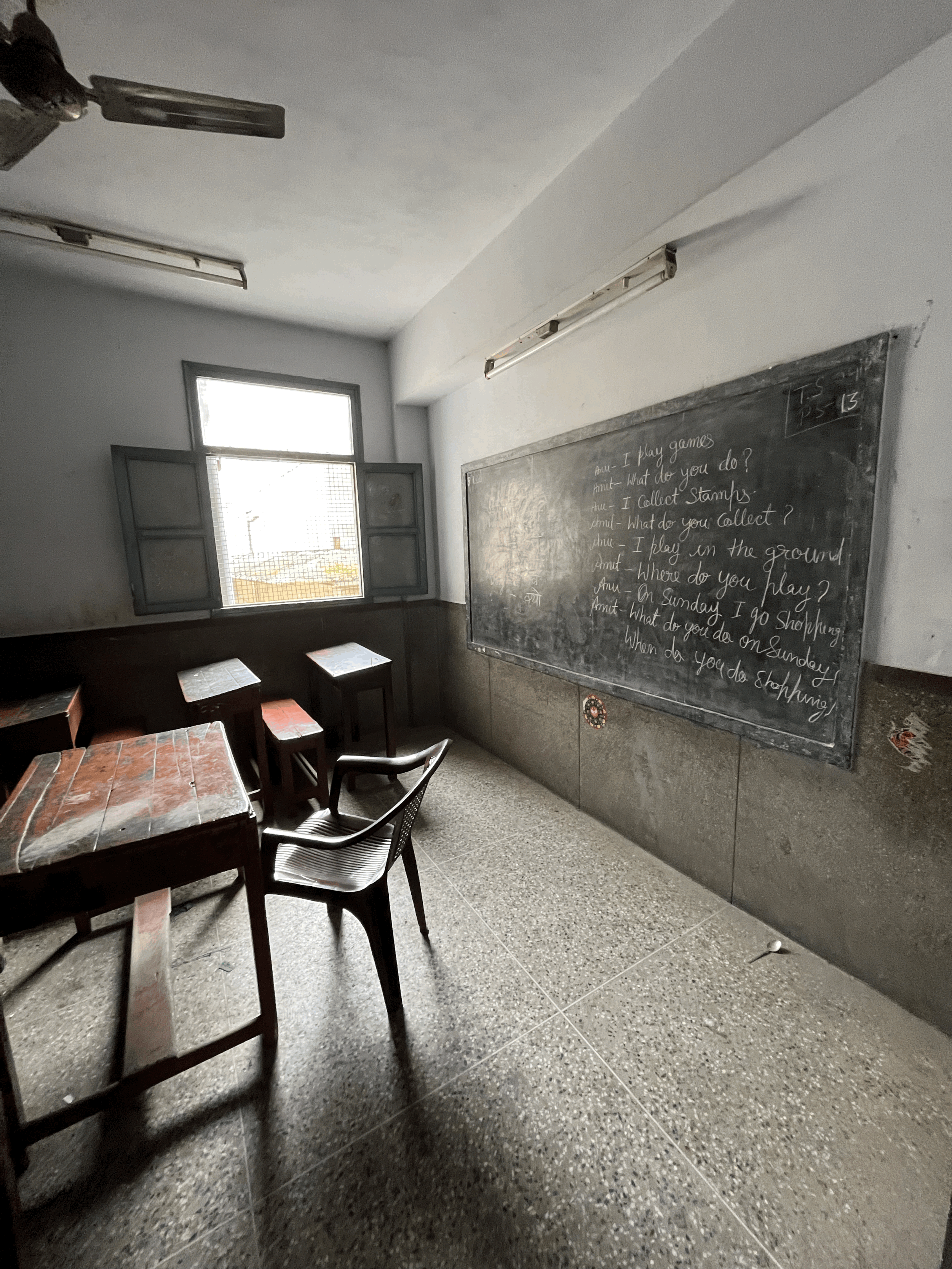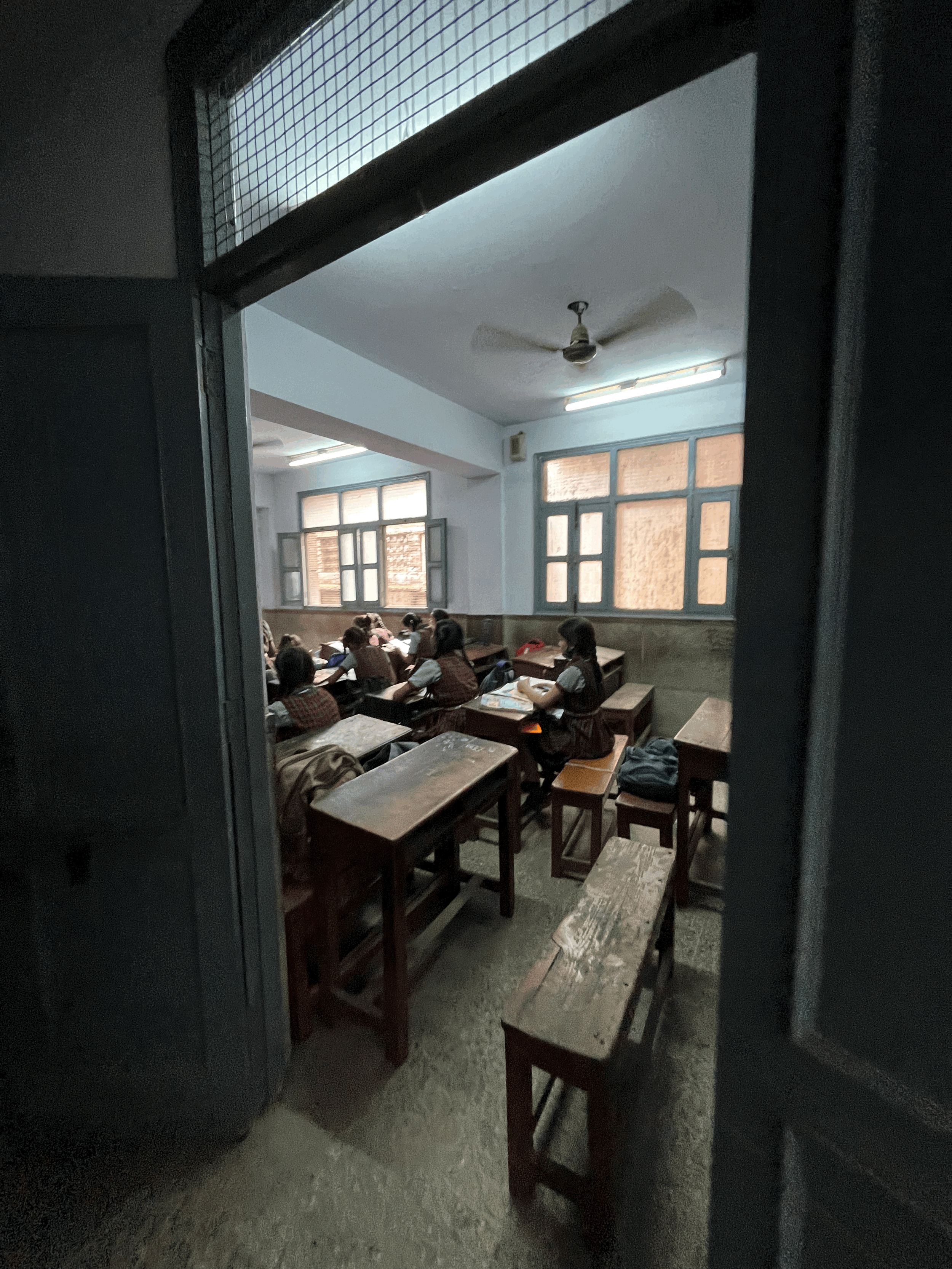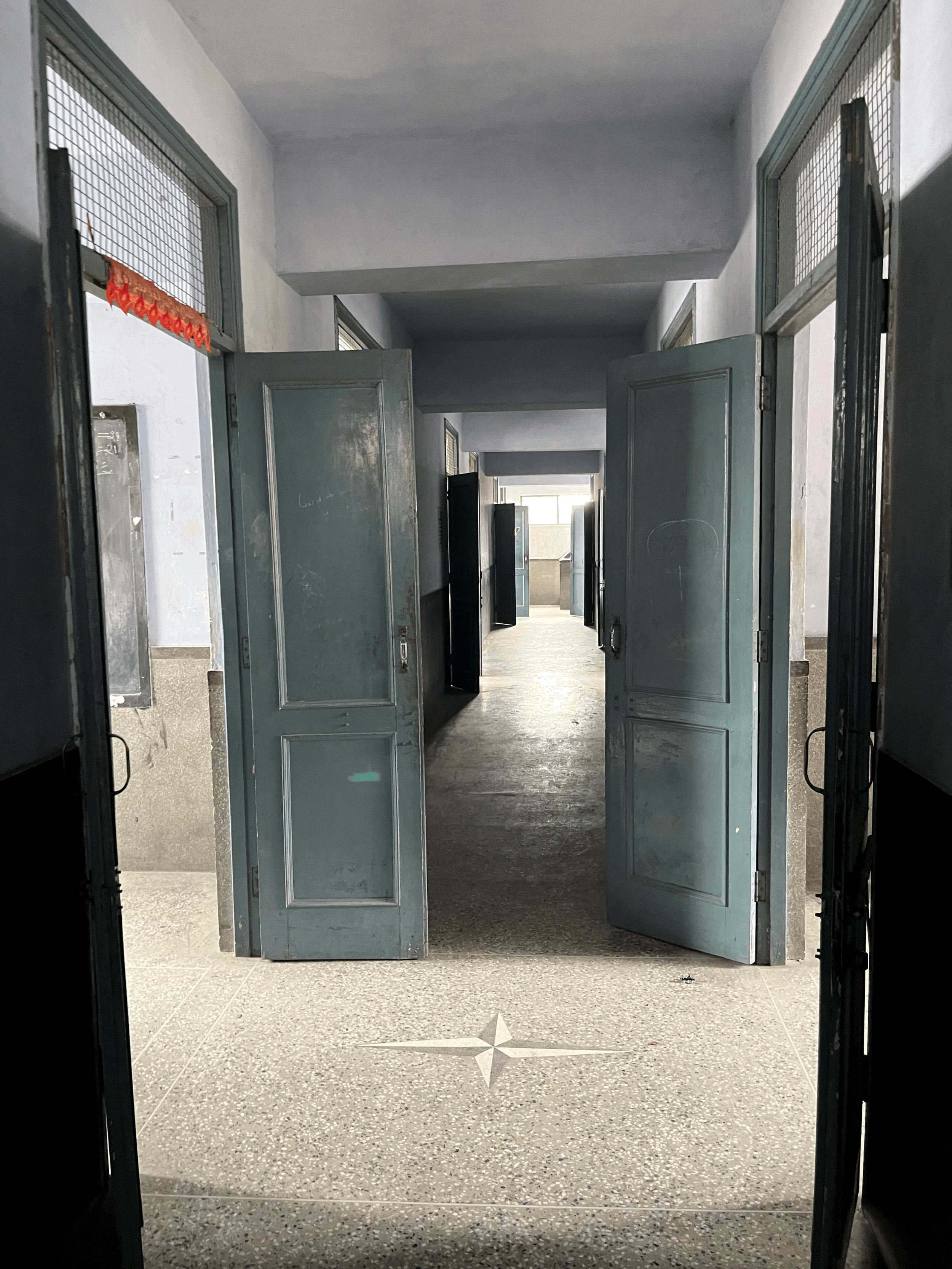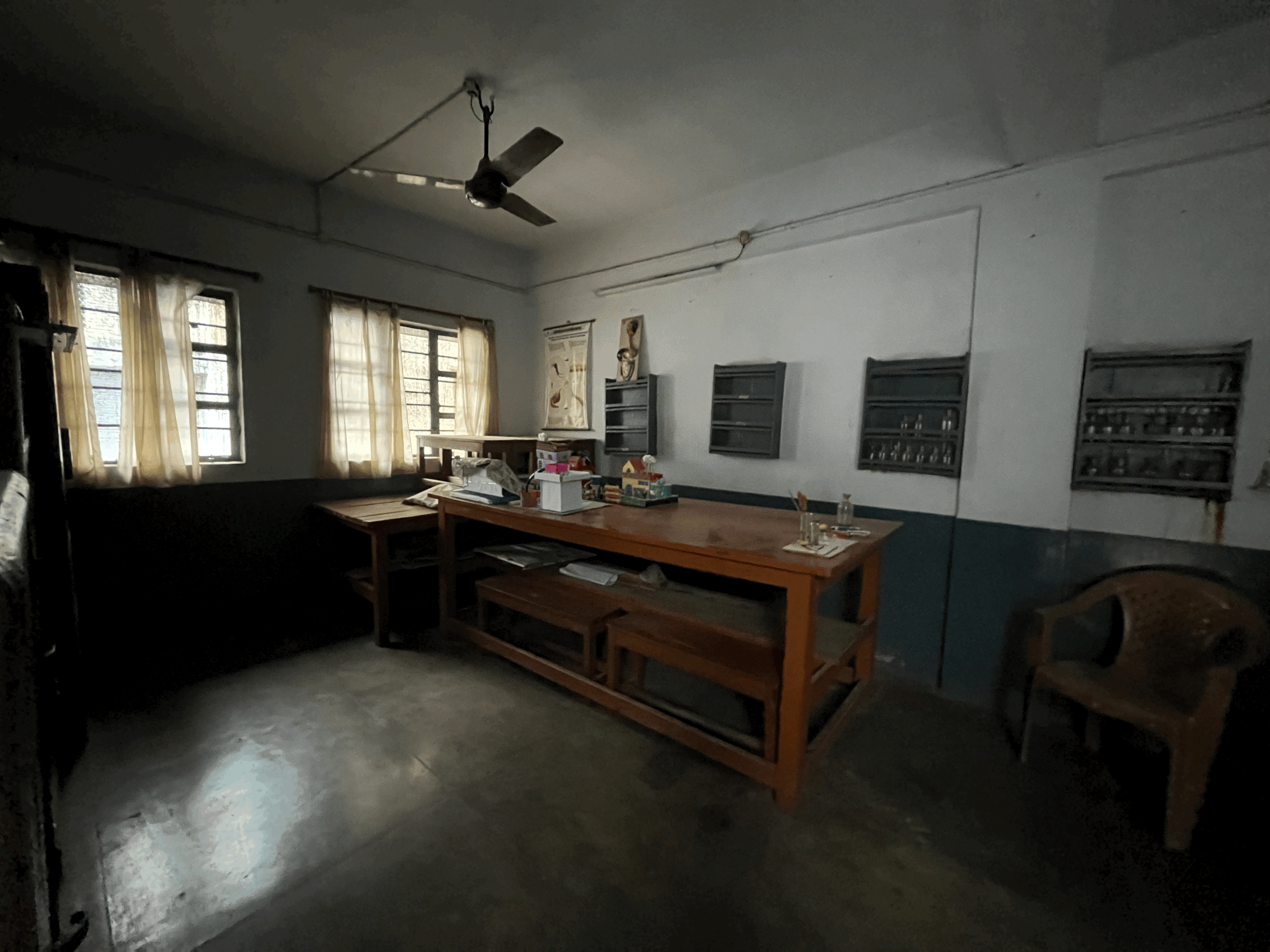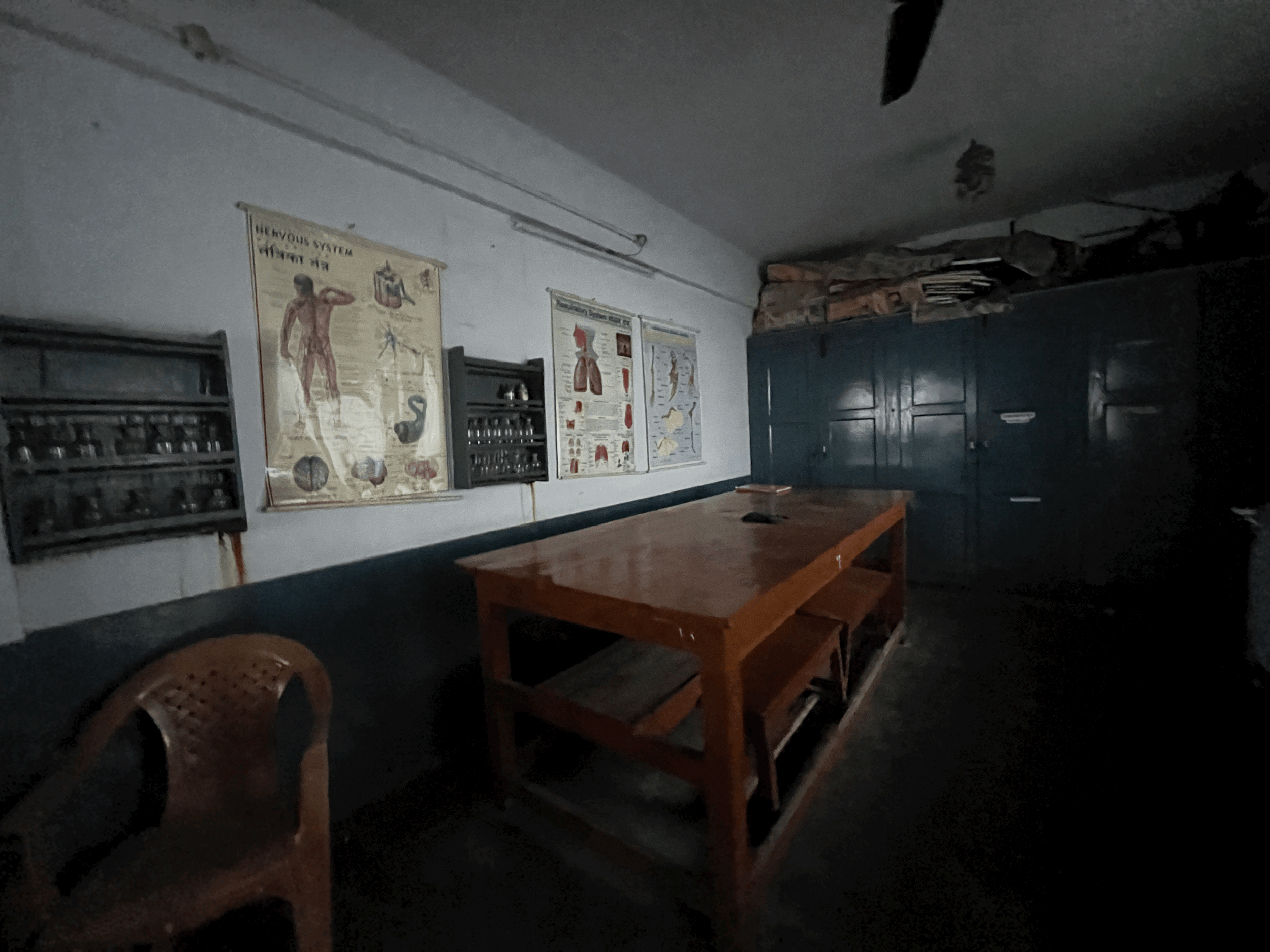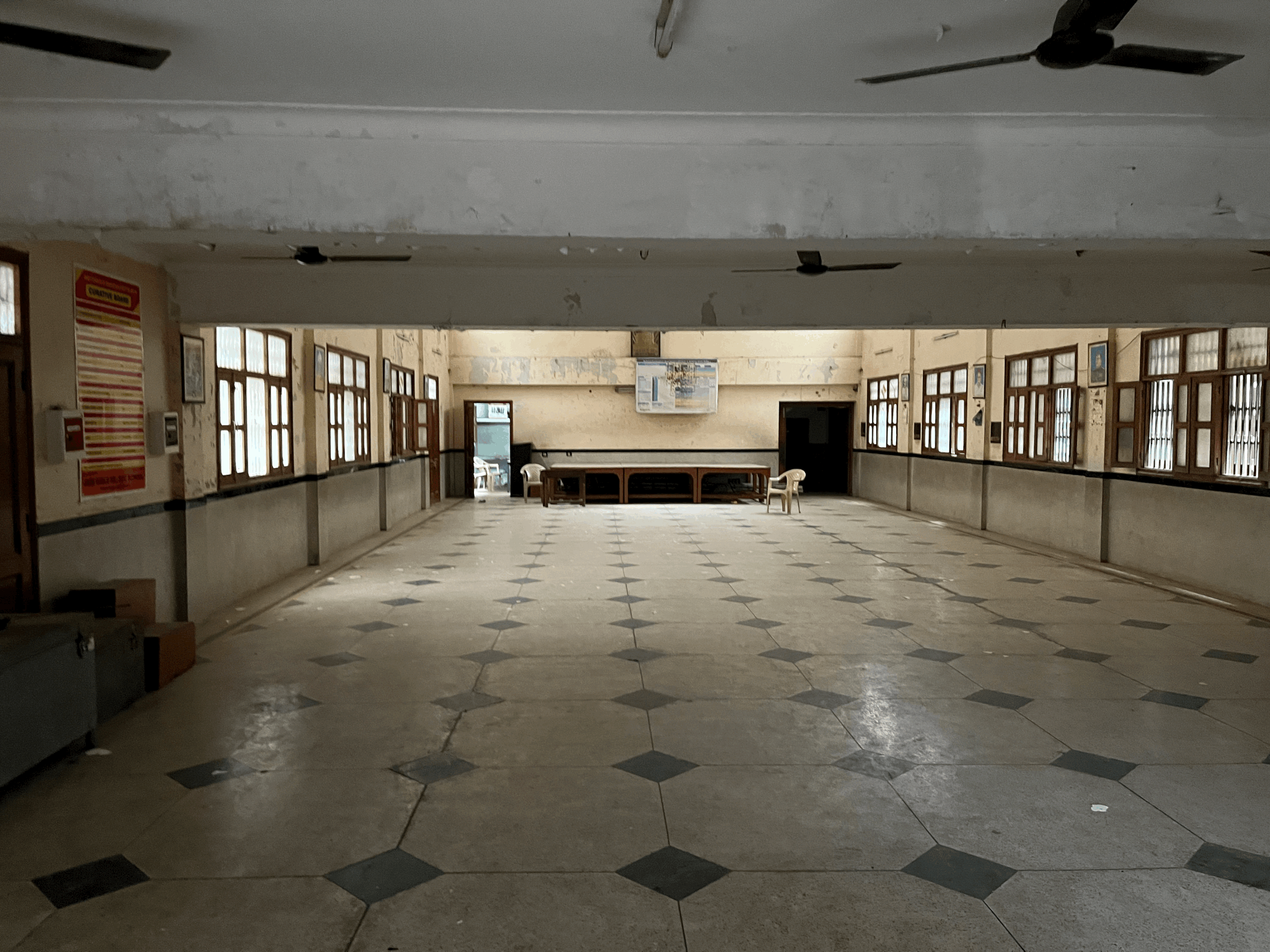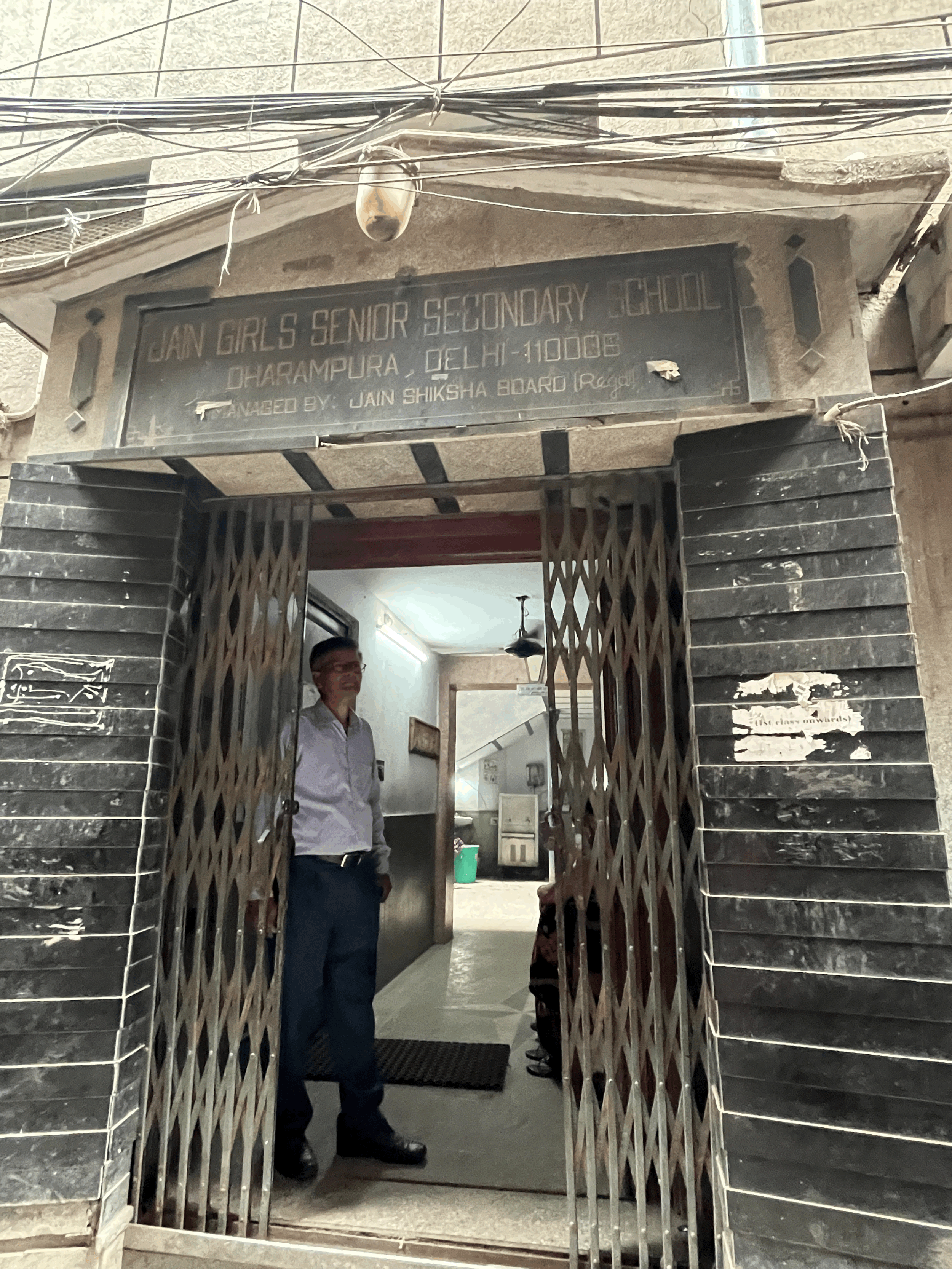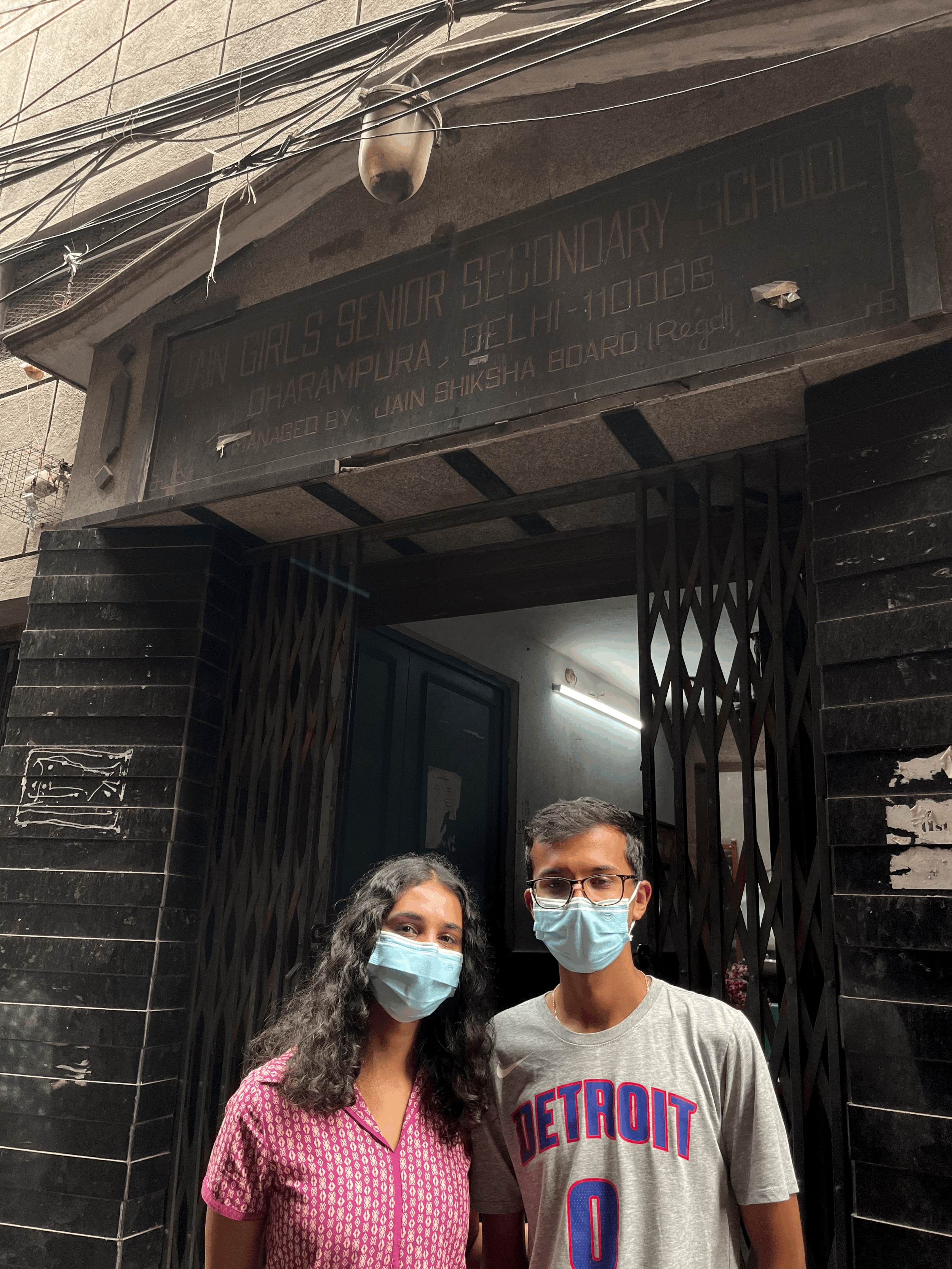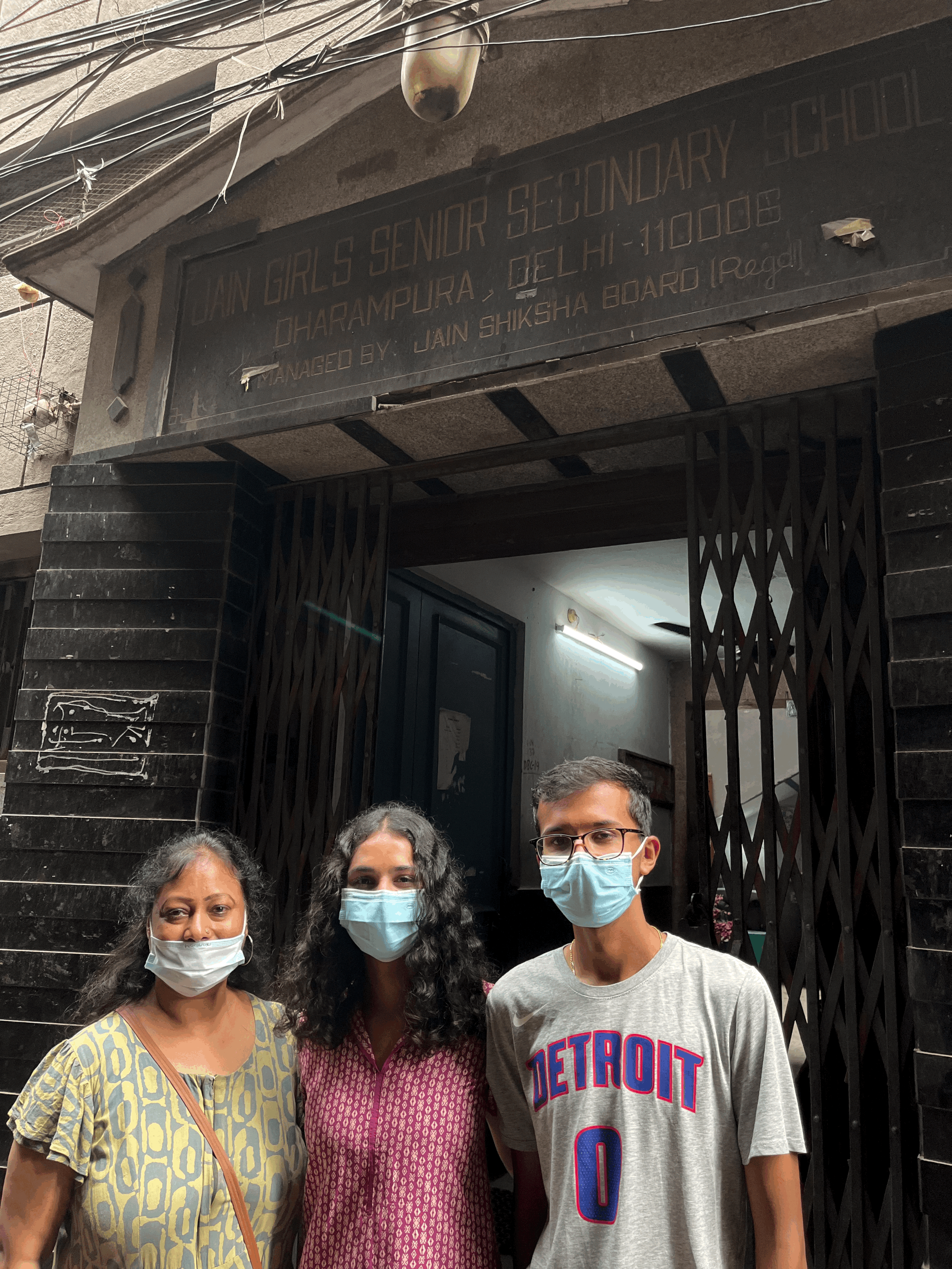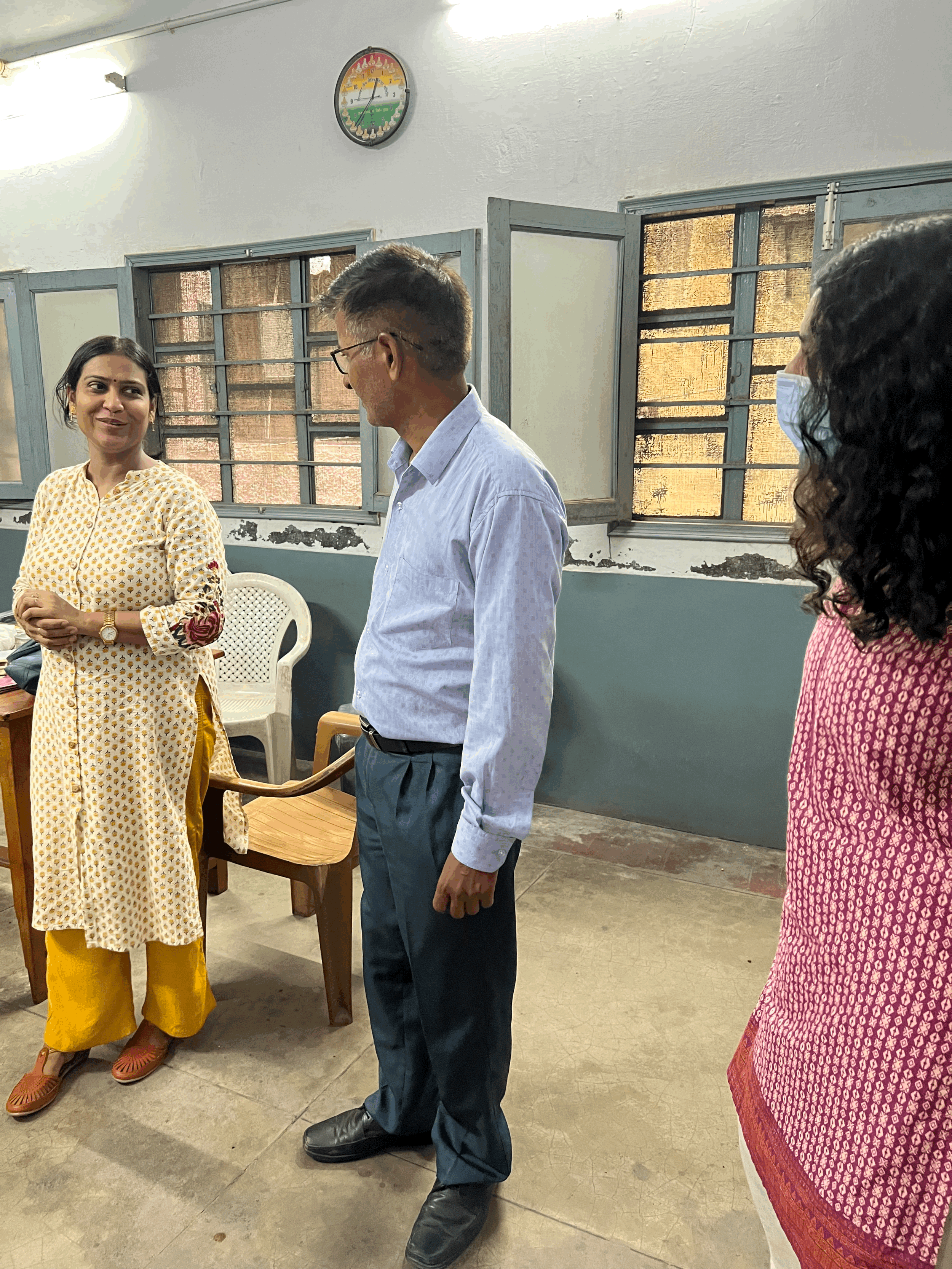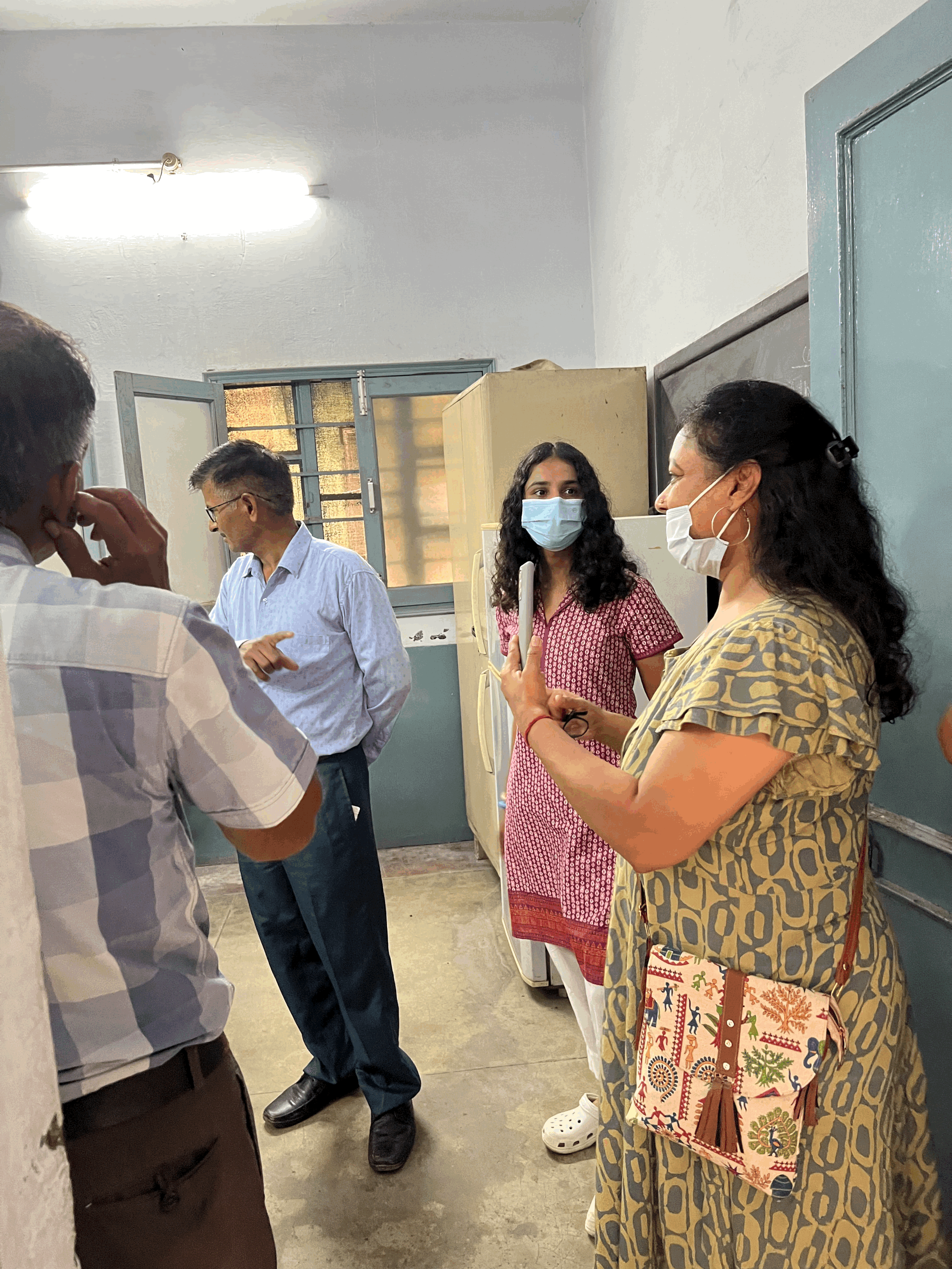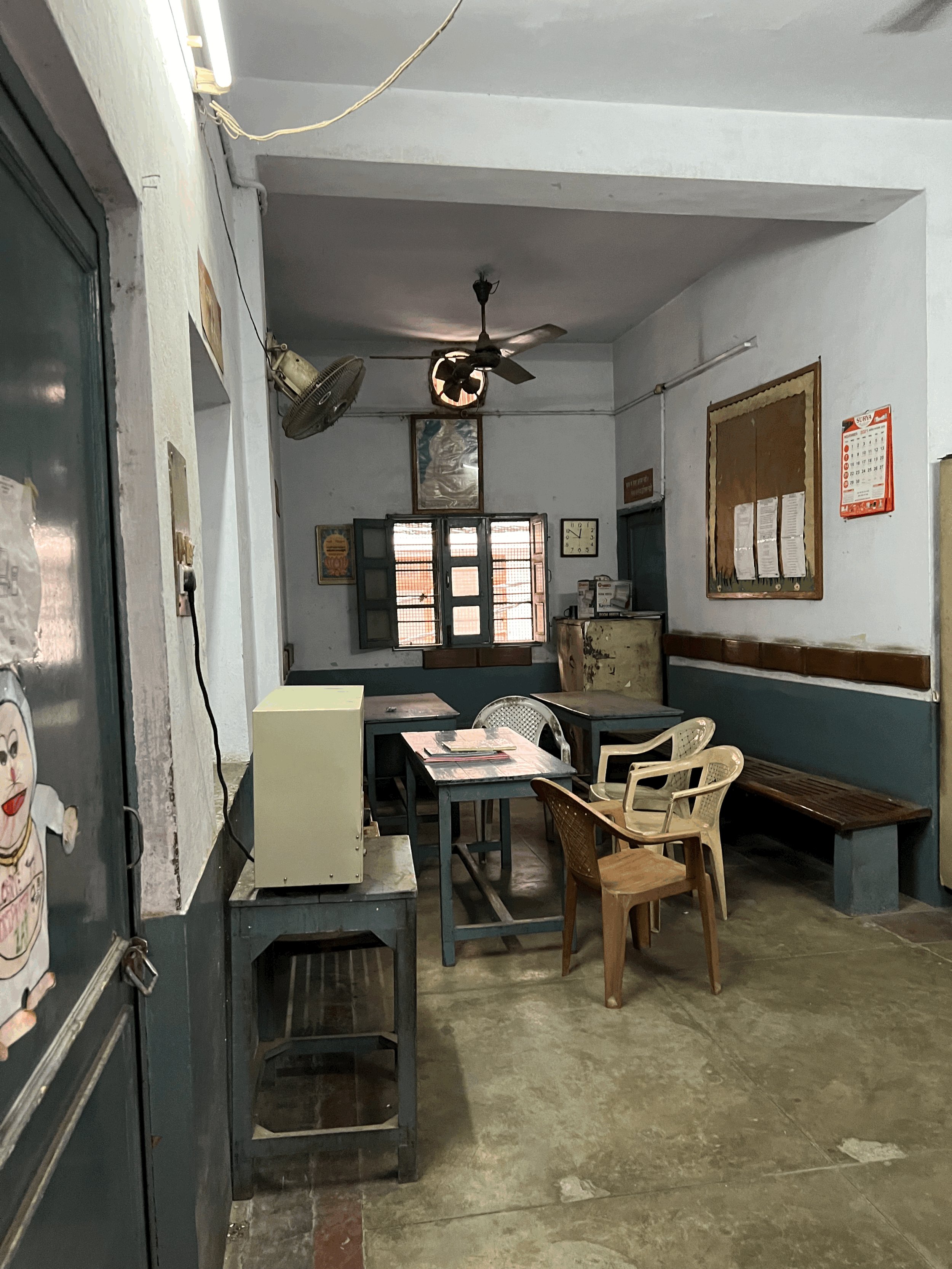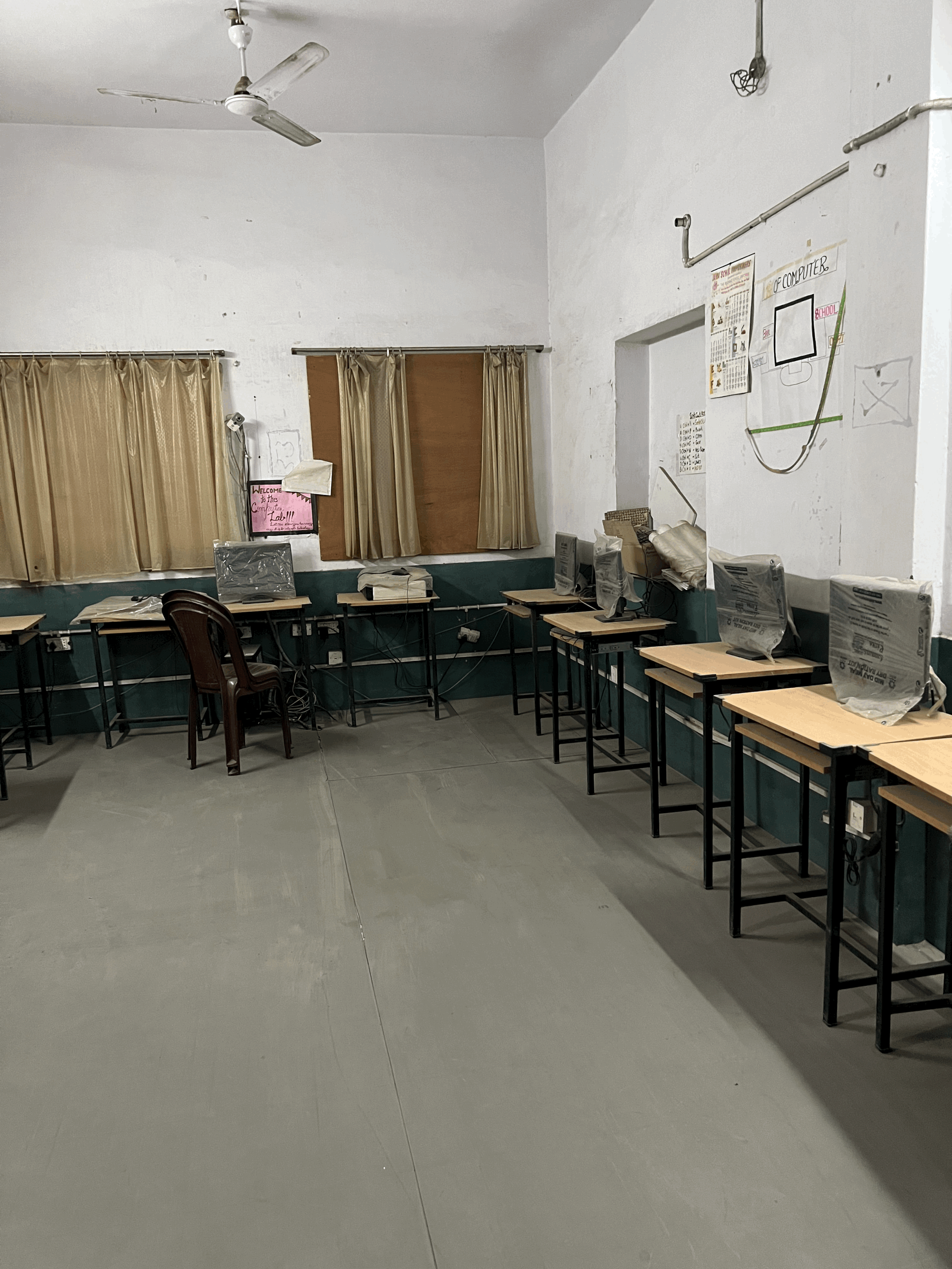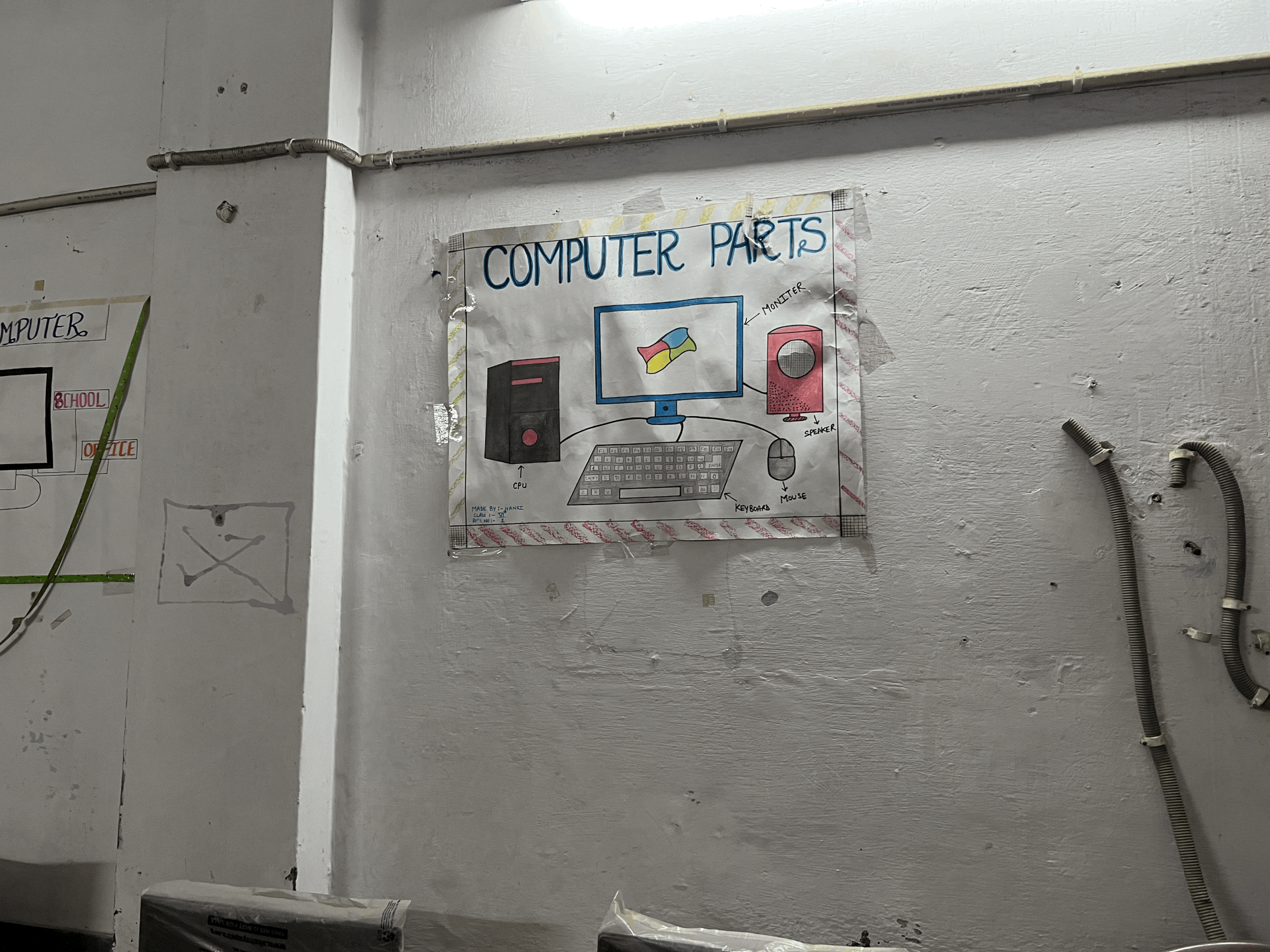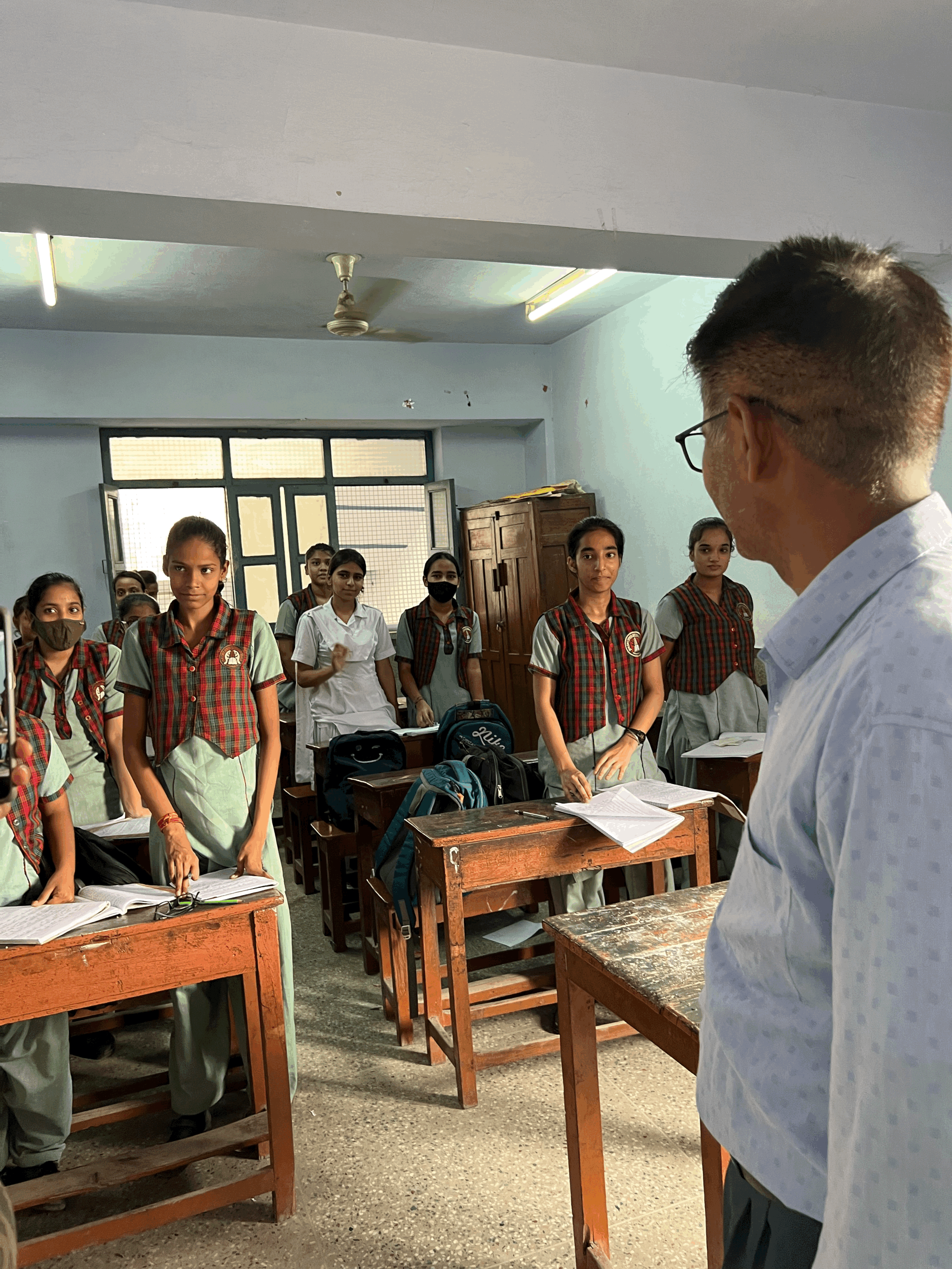
Changing Lives with a Powerful Future
Shakti
Hindi • Noun • /ˈSHəktē/
power, divine energy
Shakti is identified as female energy because shakti is responsible for creation as mothers are responsible for birth. In Hinduism, the most popular religion in India, it is referred to as dynamic energy that is responsible for creation, maintenance, and reconstruction of the universe. MGF is committed to promoting the power of “Shakti” by promoting education for girls around the world and more specifically in India through The Shakti Project.
The Shakti Project, started in 2022, provides financial and resource subsidies to girls in India in an effort to promote education. We work to promote educational equality, opportunities, and resources. We target underlying issues of education, like access, class, value, infrastructure, and resources. We also work to provide exposure to career driving education, like programs or classes in STEM. We also focus on increasing access to extracurricular activities that can aid education retention, such as sports programs.
Our mission is to aid girls in India through their educational endeavors and inspire them to achieve their fullest potential.
Jain Girls Senior Secondary School
New Delhi, India
Through the Shakti Project, we conducted a site visit to the Jain Girls Senior Secondary School in Dharampura, Delhi. This is an all girls school located in Chandni Chowk, a historical and culturally rich neighborhood in Old Delhi. Manjula Gupta helped teach at this school with other female relatives tied here. Her sister-in-law was a principal and her daughter was a student.
Jain Girls Senior Secondary School Site Visit - June 2022
Our Impact and Your Impact.
Donations we receive for The Shakti Project directly fund girls’ education in India. Funds may be utilized to pay for books, resources, clothes, food, tuition, or any financial requirement to attend school. We can guarantee transparency with 100% of your donation.
Each amount truly counts. 1 US dollar = 79.85 Indian Rupees. The cost of living is 221% less expensive in India as compared to the United States. This means your donation is exponentially more impactful for funding in India, allowing for a greater impact.
The Shakti Project
The Data.
Male Literacy Rate
Female Literacy Rate
Gender Gap
16% = 208,000,000 people
This is a little less than the population of Brazil 2022
Unique Barriers
>23 million
Girls drop out of school because of a lack of toilets or proper menstrual hygiene management facilities
70%
of the 20% of students who drop out of school after their primary education are females
26%
Girls completed high school (2006-2010)
Past and Current Policies to Combat Educational Inequality in India
National Education Policy (NEP) 2020
National Education Policy (NEP) 1986
Right of Children to Free and Compulsory Education Act 2009
The Constitution 86 Amendment Act 2002 Article 21-A
West Bengal Primary Education Act, 1973
Karnataka Education Act, 1983
Arunachal Pradesh Education Act, 1982
Telangana Education Act, 1982
The Andhra Pradesh Education Act, 1982
Uttaranchal School Education Act 2006
West Bengal Board of Secondary Education Act, 1963
Gujarat Secondary and Higher Secondary Education Act, 1972
Maharashtra Secondary and Higher Secondary Education Boards Act, 1965
Puducherry Board of Secondary and Higher Secondary Education Act, 2003

